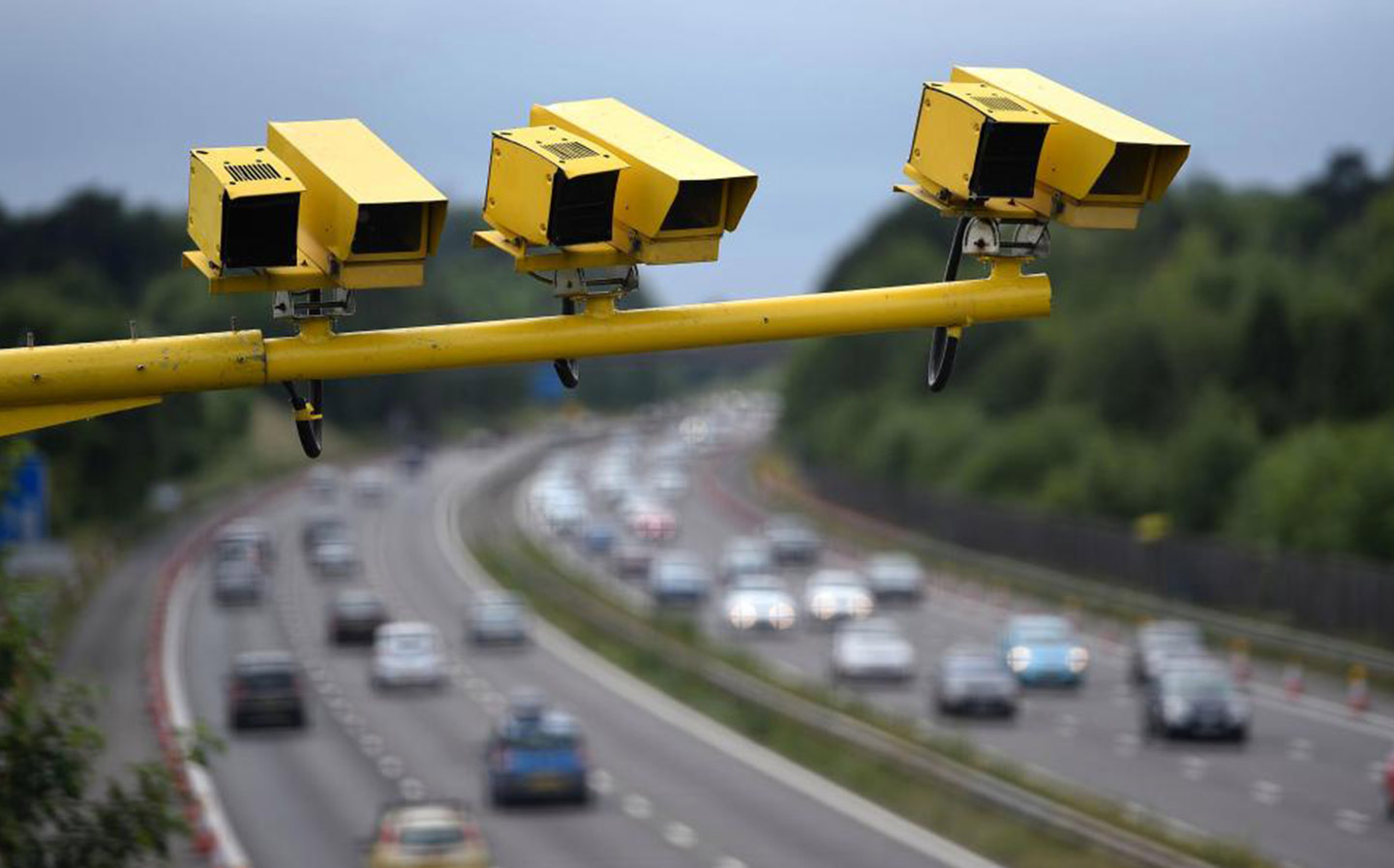How do average speed cameras work, and does changing lane help avoid speeding fines?
Big brother is watching
YOU MAY not like them, but average speed cameras save lives, according to research.
A 2016 study by the RAC Foundation found that their use cut the average number of crashes resulting in death or serious injury by more than a third, and the average reduction in personal injury collisions of all severities was found to be 16%.
The report stated that by the end of 2015 there were at least 50 stretches of road in Great Britain permanently covered by average speed cameras keeping a total length of 255 miles (410 km) under observation.
A spokesperson told driving.co.uk that the RAC Foundation doesn’t have any more up-to-date figures on the number of average speed camera sites currently operational but said that, anecdotally, there has been a rapid acceleration in their use over the last 12 months.
In November 2017, Jenoptik, which manufacturers and installs average speed cameras, announced the 100th permanent SPECS average speed camera installation, on the B6232 Grane Road in Lancashire.
And it’s no wonder they’re popping up everwhere: the cost of permanent average speed camera sites has dropped from £1.5m per mile in 2000 to £100,000 per mile today, according to the 2017 Speed Summit report.
How do average speed cameras work?
While drivers dodge traditional fixed speed cameras by slamming on the brakes before the flash, SPECS average speed cameras are installed on pairs of lampposts, mounted anywhere from 75m apart to more than 20km (12.4 miles) apart.
Using Automatic Number Plate Recognition (ANPR) technology, they continuously record cars passing from one to the other, with the average speed calculated over the known “baseline” distance.
Even if you slow down while passing directly under the cameras, it may not be enough to bring down the average speed between the two posts.
The system is said to encourage a smoother, safer style of driving, requiring drivers to pay constant, close attention to their speed over a given distance.
The latest SPECS cameras are capable of enforcing 20mph, 30mph, 40mph, 50mph, 60mph, 70mph limits.
If the average speed between two sets of SPECS cameras exceeds the Police threshold (usually 10% plus 2mph over the limit, but can be set anywhere above the legal limit), an offence record is created, and images and data are transferred back to central control unit for processing.
Do average speed cameras work at night?
SPECS cameras are fully digital, so no film is required, and can operate in any weather condition during day or night, without need for the traditional, tell-tale flash. That means the first you could know about being caught is when the penalty charge notice arrives through your letterbox.
They can also be installed in front or rear-facing orientation and violations can be recorded between multiple locations and multiple lanes within the system.
Can I change lane to avoid being fined?
The idea that changing lane confuses average speed cameras is just a myth.
While early systems could’ve been fooled in this way, setups now track all lanes and combine the ANPR data. Weaving between lanes at speed won’t dodge a fine and will likely cause an accident.
Can I slow down to lower my average speed?
If you’ve exceeded the given speed limit at any point after the first set of SPECS cameras, you can slow down to lower the average speed before the next post, yes. But beware of doing so as excessively reducing your speed may be dangerous and cause a collision.
Will I be let off if I’m within the 10% plus 2mph rule?
Police usually won’t charge you for speeding if your average speed is anywhere up to the threshold of 10% plus 2mph over the limit, unless they feel you’ve been driving dangerously. However, the law states that if you’re even 1mph over the limit you can be fined, so you won’t have any grounds for complaint if caught.





